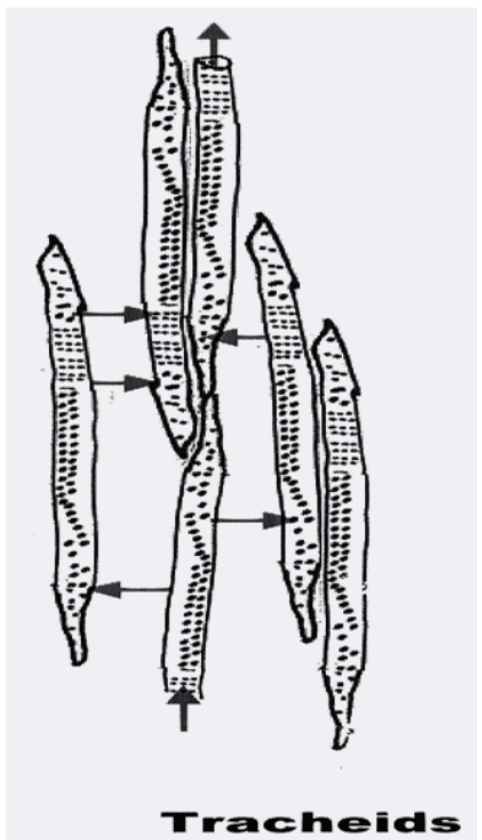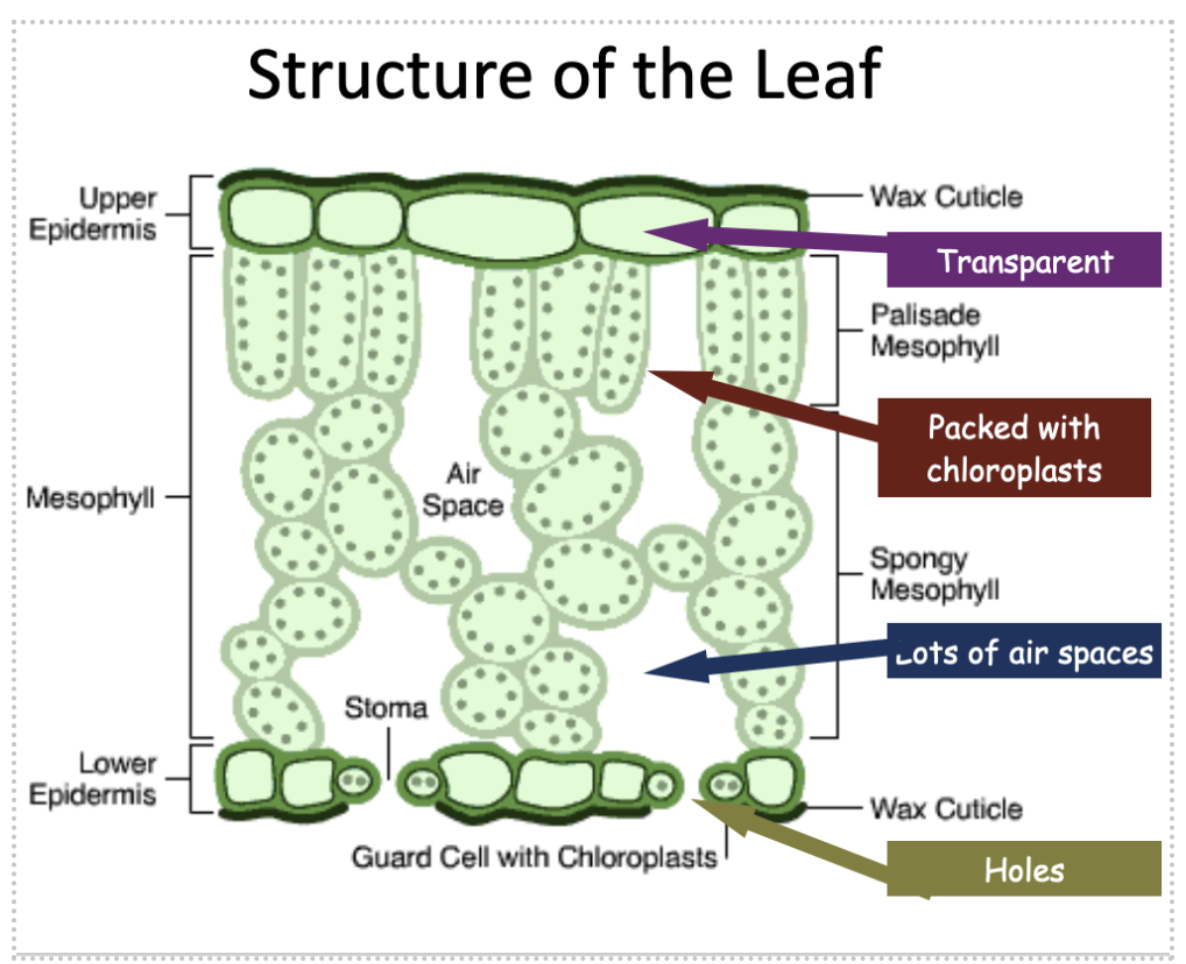Biology Revision List 2
1/46
There's no tags or description
Looks like no tags are added yet.
Name | Mastery | Learn | Test | Matching | Spaced |
|---|
No study sessions yet.
47 Terms
Gametes
Gametes- haploid cells capable of fusion
Fertilisation
Fertilisation- joining of 2 gametes to produce a diploid zygote
Alleles
Alleles- different forms of the same gene, e.g. tall, small
Genotype
Genotype- genetic make-up of the individual, e.g. TT, tt
Phenotype
Phenotype- physical appearance of the individual, e.g. tall, small
Phenotype = genotype + environment
Recessive
Dominant- prevents the recessive gene from working
Recessive- prevented from working by the dominant gene
Homozygous
Homozygous- 2 alleles are the same, e.g. TT, tt
Heterozygous
Heterozygous- 2 alleles are different, e.g. Tt
Incomplete dominance
Incomplete dominance- neither allele is dominant or recessive
Haploid
Haploid- contains one set of chromosomes
Diploid
Diploid- contains 2 sets of chromosomes
Linkage
Linkage- genes located on the same chromosome
Sex linkage
Sex linkage- a characteristic controlled by the X chromosome
Transformation
the DNA is inserted into the host cell, and it divides with this gene
Two blood groups are
ABO, rhesus
Mendels Principle of Segregation
Characteristics are controlled by pairs of factors; but only one factor can be carried in a gamete
Inherited Variations
Inherited variations occur in populations due to genetic or inherited characteristics
Mutation
A sudden change in the amount or structure of DNA
Second Infection
Memory cells produce more antibodies to fight the infection. We don’t get the same virus twice as we have the antibodies in our system to fight it. Takes 5 days to produce antibodies.
Passive immunity
Passive immunity is where an organism receives antivbodies formed by another organism.
Speciation
Speciation is the formation of a new species due to the accumulation of slight changes in the genetic make up of organisms in a population
General defence system
Non- specific- defense tjat acts on all pathogens
Specific defense system
Attacks specific pathogens
Antibody
An antibody is a protein produced by a white blood cell in response to an antigen. Help neutralize pathogens by binding to them, marking them for destruction by other immune cells.
Antigen specifitiy
ONE ANTIGEN STIMULATES THE PRODUCTION OF ONE ANTIBODY ONLY.
ONE ANTIBODY RECOGNISES AND BINDS TO A SPECIFIC ANTIGEN
First infection
First infection: Antibodies are made to fight the infection. Memory cells remain in the body for a long time. Takes 14 days to produce antibodies
General Defense system
ATTACKS ALL PATHOGENS
Non specific defense system against pathogens. First defence consists of physical and chemical barrier, stopping pathogens from entering the body.
Second line of defence, consists of immune response attacking all pathogens.
3 ways the specific defense system FIGHTS PATHOGENS
Antibodies
Memory cells
Macrophages
Example of diffusion
CO2 diffusing into a leaf, O2 diffusing out of a leaf
How does a plant control transpiration?
Presence or absence of a cuticle
Closing and opening of stomata
Guard cells
CO2 Sources
CO2 - Produced in the leaf during respiration, diffuses form the air in through the stomata. Plants need CO2 for photosynthesis.
Roots cause
Roots: Transport absorbed water + minerals to the shoot.
Monocot flower parts
Flower parts in multiple of 3
Light intensity impact on transpiration
Light cells cause: Guard cells, surrounding stomata, open stomata during the day, close at night.
Transpiration
Transpiration: the process by which the plant loses water vapour through small opening in their leaves called stomata.
High wind
High wind causes high water vapor gradient, and for more transpiration, leading to the stomata to close. Low wind causes low water gradient, lowering transpiration, leading to stomata to open.
Where does CO2 come from
Produced in the leaf during respiration.
Diffuses from the air, in through the stomata.
Plants need carbon dioxide for photosynthesis - rate of photosynthesis = rate of co2 absorbed + rate of co2 produced
How does presence or absence of a cuticle control transpiration?
Presence or absence of a cuticle – water cannot pass through the cuticle. The presence of a cuticle helps reduce excessive loss of water
Flower purpose
Sexual reproduction, the function of a flower is to facilitate plant reproduction by producing seeds through the process of pollination and fertilization.
Tracheids
Tracheids are Long, tapered cells

Stage 3: Products produced
Some of the trapped light energy is used to split water into oxygen gas (O2) protons (H+) and electrons (e-)
Summarised as 2H2O ---> 4H+ and 4e- and O2
Tissue function
Dermal Tissue: function if for protection
Ground Tissue: function is for photosynthesis and storage
Vascular Tissue: function if for transport
Root pressure
Root pressure: The roots actively take up minerals and nutrients from the soil, which increases the solute concentration inside the root cells
Since water moves towards areas of higher solute concentration, water from the soil enters the roots to balance the concentration of solutes between the soil and the root cells. This influx of water into the roots creates a build-up of water pressure within the root.
This pressure, known as "root pressure," forces the water and dissolved nutrients to travel upward through the plant's vascular system (specifically the xylem), moving against gravity.
Stage 5 of Photosynthesis:
Stage 5 of Photosynthesis: Glucose if formed The high energy electrons along with protons from the proton pool are combined with carbon dioxide to form glucose (C6H12O6 )
Root hair adaptions
Root hair adaptaitons: Thin cell wall
A large surface area due to root hair cells
Fungal hyphae increase sruface acrea
Leaf structure
Upper epidermis made of dermal tissue and wax cuticles, is transparent, to let sun shine on the palisade mesophyll, which is packed with chloroplasts and chlorophyll that need to trap the sun’s energy. Spongy mesophyll, has lots of air space, to allow gas to easily be transported within the cell. Lower epidermis has holes, in the form as stomata, with guard cells that open and close them. Humidity increases the concentration of water vapour surrounding the stomata, decreasing the water vapour gradient between the inside of the leaf and the outside of the leaf. This decreases the amount of transpiration,

Water movement in roots
Water moves by diffusion from the root hairs into the ground tissue and eventually reaches the xylem.